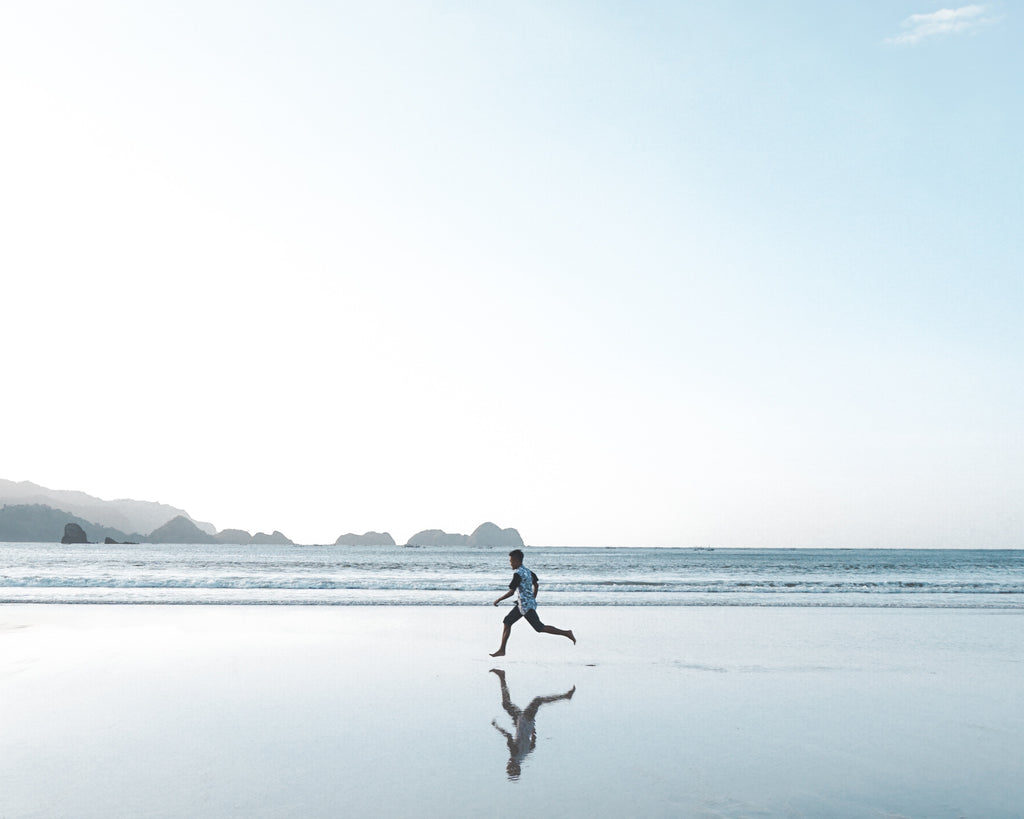The Pros and Cons of Zero-drop Shoes

Pros and Cons of Zero-drop Shoes
Most traditional shoes elevate the heel of your foot which, according to some experts, forces one to have a heel-striking stride. Having a heel striking stride makes you more susceptible to injuries and may decrease your efficiency in running. Given the effects of traditional shoes, many people are looking for footwear that will prevent heel strikes and allow a more natural striding form. An answer to this inquiry is zero-drop shoes. Zero-drop shoes aim to level the heel and ball of your feet from the ground by minimizing the cushioning or elevation of the shoes' soles. This way, your feet move and are positioned in a way that mimics being barefooted. In other words, zero-drop shoes allow you to be "barefooted" while still wearing shoes. There are many variations of zero-drop shoes, but the most effective ones have reduced cushioning and arch support. Some of the considerably best zero-drop shoes are from brands like Altra and Topo! Altra models the Altra Escalante Racer, Altra Lone Peak, Altra Timp, and Altra Superior are among the brand's best products. On the other hand, the Topo Athletic Magnifty 3, Topo Rekovr 2, Topo Phantom 2, and Topo Cyclone are among the most popular shoes in Topo.
If you're still unsure about zero-drop shoes, then you might want to check out its pros and cons below!
Pros and Cons of Zero-Drop shoes
Here are some pros and cons when it comes to the Zero-Drop shoes:
Pros:
● Movement
Since zero-drop shoes specialize in running while providing comfort and mobility, you can feel and see the difference between traditional running shoes and zero-drop shoes. In addition, Zero-drop shoes engage the foot itself in absorbing the impact of running, therefore strengthening the feet and legs towards improvement.
● Safe
Zero-drop shoes can help you prevent back, foot, and knee pain when running due to the shoe's structure. It can also help prevent knee and leg strains and prevent any old injuries from getting worse.
● Material
Most materials used in zero-drop shoes are perfectly made to be comfortable and unnoticeable, and the materials of these shoes make it seem like you're barefooted instead of wearing any footwear. This kind of feeling can make you move faster or, in other words, improve your efficiency.
● Light
These shoes are designed to have less cushioning than traditional shoes and use comparably lighter materials than the materials used in conventional shoes. As a result, zero-drop shoes are significantly lighter than most traditional shoes. Additionally, the shoe's lightness reduces the weight of your body, makes you move faster, and helps you feel lighter.
Cons:
● Unfamiliarity
Since zero-drop shoes set themselves apart from ordinary shoes by having less cushioning to level the heel and balls of the feet, those that are not used to zero-drop shoes may experience slight discomfort when wearing them. If you're not used to zero-drop shoes, you're at risk of having Achilles, plantar, and calf injury.
● Pressure
With less arch support, you can expect to feel more pressure on the tendons and muscles of your lower leg. If you do not adapt to the shoes' structure, you put yourself at a considerable risk of complications like a calf injury.
- Store Employees
Comments 0